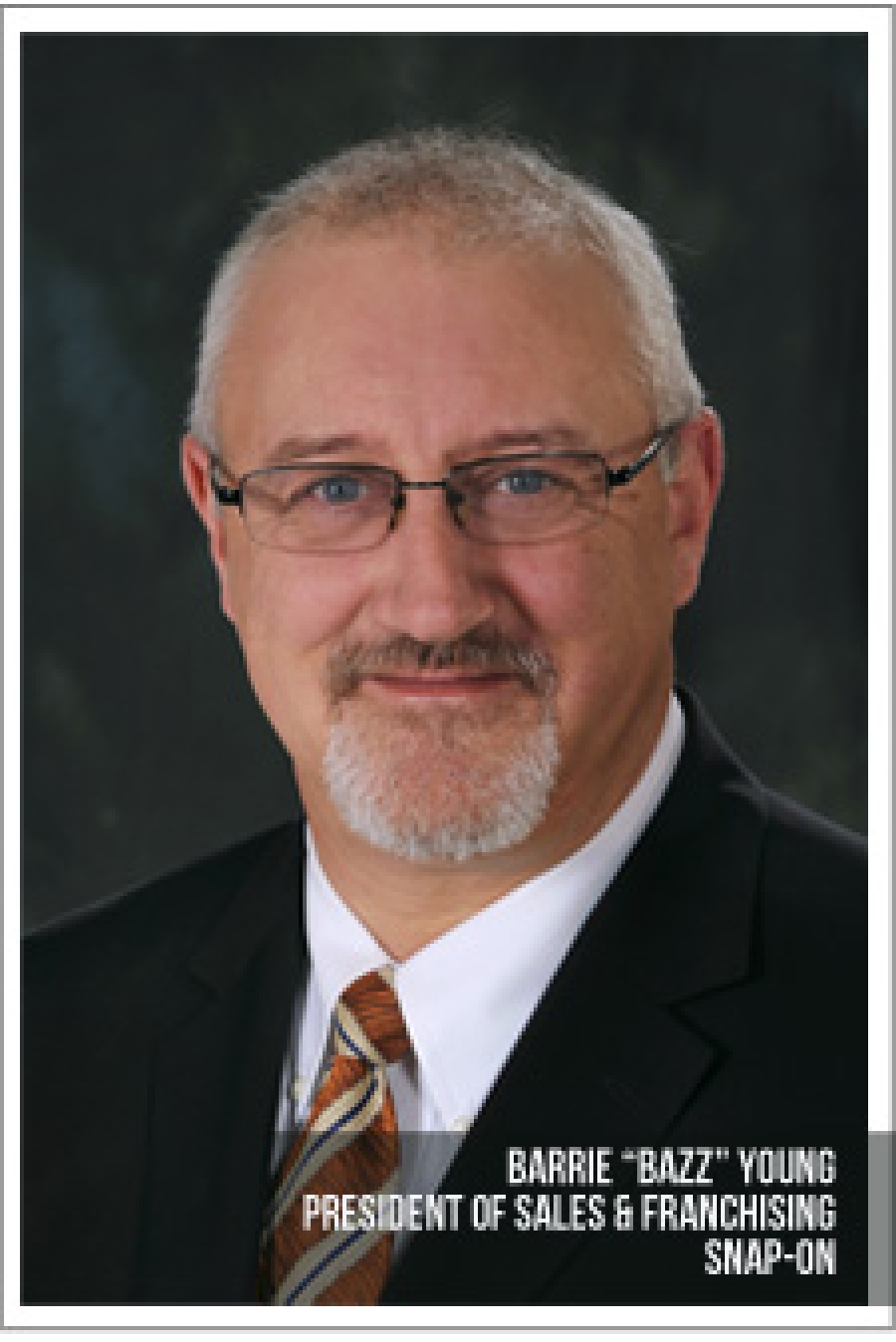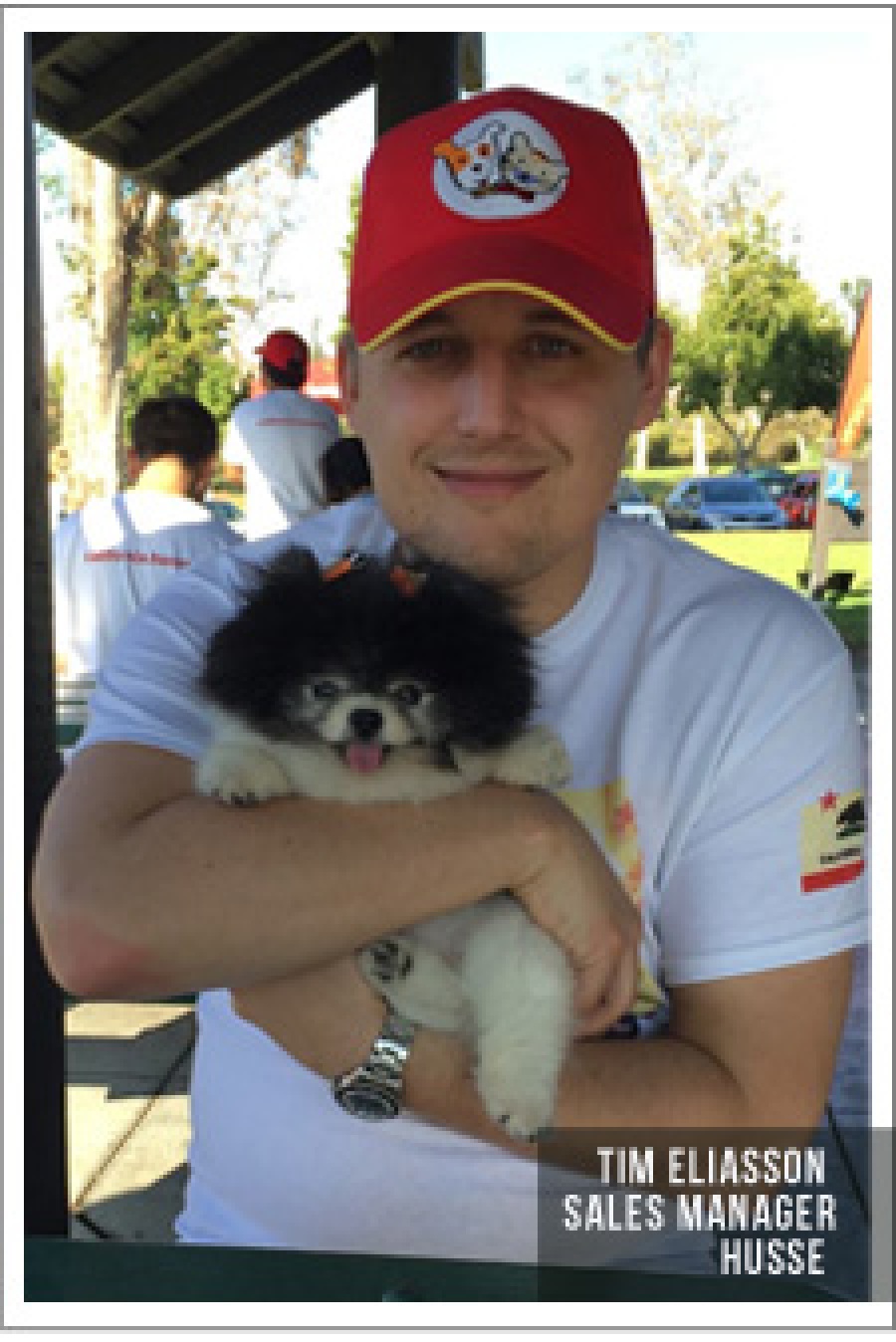
This year's international franchising section starts with tips from a respected franchise expert for picking an international franchise market. After that, read about the experiences of what it’s like to operate in multiple countries from the perspective of two franchisors.
How to Choose an International Market
Bill Edwards, CFE, of Edwards Global Services is an expert in the area of international franchising. In an editorial, he noted four areas in which franchisors need to perform a truthful examination of themselves and their services/products. As he says, “You want to focus on countries that have the highest potential return on investment for your franchise.”
Based off the editorial here is a summary of main points franchisors should take into account before making the jump to an international franchise market, along with key takeaways from each area. (Note: what follows is not a complete listing of concerns, simply an overview. Please consult the proper counsel before taking any kind of action.)
Area 1: Consumers
- Is there a large enough niche for your product/service in this locale?
- Do the potential consumers where you’re considering have the buying power necessary for your product/service?
Key Takeaway: Don’t just assume that a larger population will be best.
Area 2: Differentiation
- Are there similar, local brands already operating in the area?
- What will make potential franchisors invest in your brand?
Key Takeaway: Do you have a unique selling point that will convince consumers to take a chance on a brand that may be unfamiliar to them? How will you communicate it?
Area 3: Potential Risks
- Is the political situation stable?
- What is the current economic condition of the country (growing, stagnant, or declining)?
- Are there established protections for intellectual property?
- How are foreign businesses taxed?
Key Takeaway: Do your due diligence and seek the counsel of experts with specific knowledge of the landscape in the country you are considering.
Area 4: Culture
- Will you have to make adjustments to your product/service to fit the societal norms of the area?
- Can slight adjustments to your product/service be made economically?
Key Takeaway: Be accommodating – within reason – to where you are expanding.

Balancing Multi-National Operation
Once you figure out which international markets to expand to, how do you balance all of the different factors in play?
Snap-on (#40), which began franchising in 1990 (the company itself started way back in 1920), is a mainstay on the Top 100 ranking. Although mainly considered a tools and equipment supplier, the franchise also provides services such as diagnostics software and information management systems to a diverse clientele, including industries such as: auto dealers and mechanics, aviation, aerospace, mining, agriculture, military and more. Its diversity of products and services allows Snap-on to service hundreds of markets around the world.
How does the company balance so many different markets? Barrie “Bazz” Young, President of Sales & Franchising for Snap-on, tells us about the franchise’s philosophy for expansion.
How many countries does Snap-on operate in currently?
Although Snap-on sells its products in more than 130 countries, our franchised operations are in 11 countries – USA, Canada, UK, Ireland, Australia, New Zealand, Netherlands, Belgium, Germany, South Africa and Japan.
How do you navigate or balance the different regulations/customs present in the countries you operate in?
Our International subsidiaries are managed by local people that speak the language, understand the customs and are accustomed to local franchise regulation. The basis of our franchise is similar throughout these international subsidiaries, but is carefully customized to ensure a profitable, common sense business for our franchisees in each country.
What makes a country a good candidate for expansion?
For Snap-on – an industry culture where the mechanic/technician customer is responsible for providing his own tools is key to the success of our franchise model. This is not the case in the majority of countries where the practice of the workshop owner providing the tools is predominant. In those countries, we sell through a more traditional distributor model.
What is the biggest lesson you've learned from entering the franchise market in different countries?
That we should consistently maintain the “secret sauce” that has enabled the success of the business model over nearly 100 years, and that we stay informed and flexible regarding local market conditions and regulation.
Where would Snap-on like to expand to next?
Our focus is on enhancing the franchise channel where it exists today. We’re working every day to support our franchisees’ efforts through numerous initiatives aimed at helping them better manage their businesses and sell more to existing customers and reach new ones.
Entering the American Franchise Market
| Country | Number of Franchises |
|---|---|
| Australia | 1 |
| Canada | 6 |
| England | 1 |
| France | 5 |
| Germany | 1 |
| Japan | 1 |
| South Korea | 1 |
| Spain | 4 |
| Sweden | 1 |
| United States | 79 |
It shouldn’t come as a surprise that most of the franchises on the list originated in the United States. For one, it’s the largest franchise market in the world. The franchising model was developed here over 100 years ago and has long been a trusted mode of expansion for businesses with established laws and procedures, while franchising took hold in many other countries only within the past few decades.
Because it’s size and long history here, franchising in the U.S. is extremely competitive. The number of franchise establishments numbers well over 700,000. For companies from other countries looking to make the jump into the U.S. market, the level of competition makes for an added degree of difficulty.
Husse (#88) is a Swedish-born pet franchise, the European leader in home delivery of quality pet foods more specifically. Since its beginning in 1987, the company has grown to over 1,000 franchisees and distributors in more than 40 countries. Recently, the franchise decided it was time to enter the U.S.
How did Husse, which means “pet owner” in Swedish, tackle the challenge of the uber-competitive U.S. franchise market? Husse Franchise Sales Manager Tim Eliasson gives us some insight into what it’s like to bring a franchise brand to the U.S.
How many countries does Husse operate in?
We are operating in 44 countries at the moment. The first country was Sweden in 1987 and the head office is also located in Stockholm.
When did you enter the U.S. franchise market?
Our U.S. franchise was developed in 2014, but we commenced U.S. business in April 2015.
When did you realize it was feasible to enter the US market? Was it always a goal?
Entering the U.S. requires courage and financial strength as well as a solid franchise model with excellent products which we feel that we have now, but it has taken us over 20 years to reach that point. The United States is the largest pet food market in the world, so it is a natural step for any global pet entity to enter the country.
Did you have special concerns about the U.S. market in comparison to others?
Not really, we are used to conducting business in various markets, so whatever challenge we face we have usually faced it before.
What is the biggest lesson you've learned from entering the franchise market in different countries?
If you decide to take your franchise international, you really have to succeed at home first in order to be taken seriously abroad. However, if you have a good brand, system and excellent products, I think expanding through franchising is the way to go. It allows you to partner up with local business people and that fuels the business with crucial knowledge in order to succeed in a new market.














